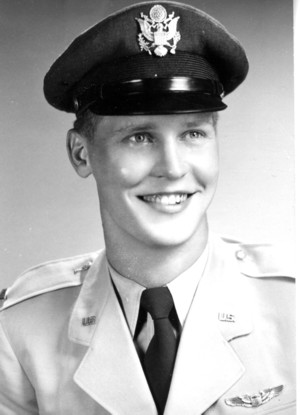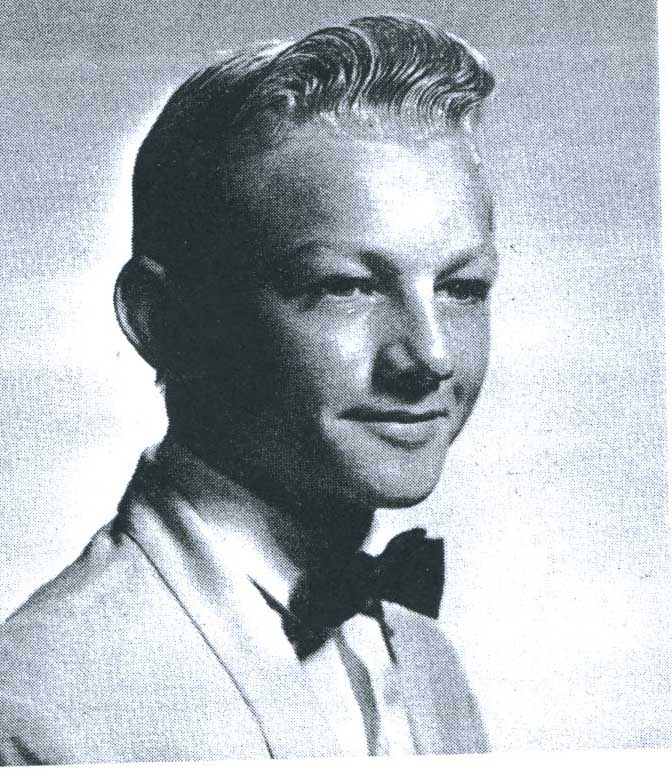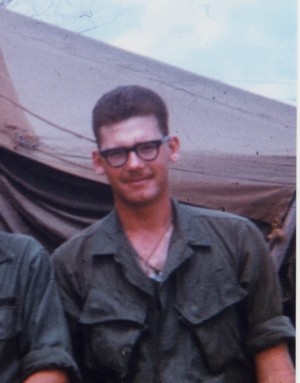
JOHN F DUDASH - COL
- HOMETOWN:
- manville
- COUNTY:
- Somerset
- DATE OF BIRTH:
- November 25, 1929
- DATE OF CASUALTY:
- April 26, 1967
- BRANCH OF SERVICE:
- Air Force
- RANK:
- COL
- STATUS:
- RR
- COUNTRY:
- North Vietnam
Biography
John F. Dudash was born on November 25, 1929, to John and Margaret Dudash. He had one brother, Robert, and two sisters, Constance and Barbara. He attended Sacred Heart Elementary School. John graduated from Bound Brook High School in 1947. While in high school, he was active in sports, particularly baseball, which he hoped would be a future career. He continued his education at the College of Emporia in Kansas until 1949, when he transferred to Villanova.
Dudash enlisted in the US Air Force from Manville, NJ, in 1950, and was commissioned in 1953. After completing basic training in Texas, he was stationed at bases in Ohio, South Carolina, New Mexico, Germany and Japan. Eventually, he attained the rank of Colonel (COL).
Dudash met his wife, Alexandra Lee, while stationed at Shaw Air Force Base in South Carolina and they were married in April 1956. They had two children, Steven and Erin.
Dudash was declared missing in action on April 26, 1967.
Dudash's remains were repatriated on June 3, 1983, and positively identified on June 27, 1983. He was buried in Arlington National Cemetery. He was awarded numerous medals, including the Air Medal.
Synopsis (from the POW Network) as to the circumstances behind being listed as MIA:
The F105 Thunderchief ("Thud"), in its various versions, flew more missions against North Vietnam than any other U.S. aircraft. It also suffered more losses, partially due to its vulnerability, which was constantly under revision. Between 1965 and 1971, the aircraft was equipped with armor plate, a secondary flight control system, an improved pilot ejection seat, a more precise navigation system, better blind bombing capability and ECM pods for the wings. While the D version was a single-place aircraft, the F model carried a second crewman which made it well suited for the role of suppressing North Vietnam's missile defenses.
Eighty-six F-105Ds fitted with radar honing and warning gear formed the backbone of the Wild Weasel program, initiated in 1965 to improve the Air Force's electronic warfare capability. Upon pinpointing the radar at a missile site, the Wild Weasel attacked with Shrike missiles that honed on radar emissions. The versatile aircraft was also credited with downing 25 Russian MiGs. Thirteen of these modified F's were sent to Southeast Asia in 1966.
Most of the F105s flown by the U.S. Air Force were based in Thailand, their flights into North Vietnam guided by ultra-secret U.S.-operated radar installations in Laos. During the mid-sixties, both Navy and Air Force jets descended on military targets in North Vietnam as part of Operation Rolling Thunder.
At the coastal city of Haiphong, Navy bombers were running successful bombing missions aimed at vital supply stores and storage facilities. One bomber was flown by Michael Estocin, who was shot down on this mission and who was awarded the Navy's only Congressional Medal of Honor for his valor on this mission and those of days previous over Haiphong.
Several F105's were lost northwest of Hanoi on this day. One, an F105F, flown by Capt. John F. Dudash, with Major Alton B. Meyer in the rear seat, was hit by enemy fire northwest of Hanoi in Vinh Phu Province. Meyer, as the rear-seater, ejected first and was captured immediately. He landed about 45 miles northwest of Hanoi, and the aircraft continued in a southeasterly direction with Dudash still at the controls. While Meyers watched, the plane disintegrated in mid-air. Although the Air Force later located the precise location of the downed aircraft, the fate of Dudash was uncertain. The pieces fell to earth about 5 miles from the ejection coordinates of Meyer and finally crashed. Whether Dudash successfully ejected was doubtful, but he was classified Missing in Action, and it was felt that the Vietnamese could account for him.
NOTE: Some records indicate that Dudash was aboard an F105E and that Meyer was aboard an F105F. This is probably an error as Dudash and Meyer are definitely on the same aircraft and it is the F model which is a two-seater.
In the spring of 1973, 591 Americans were released from POW camps and Alton B. Meyer was among them. Dudash's loss occurred in a less populated area, but the fact that his backseater was captured indicated that the enemy was in the area. They would not fail to notice the aircraft crash and investigate, yet the Vietnamese denied any knowledge of Dudash for more than a decade.
Sources: Constance Gerber (sister), POW Network and NJVVMF.
Remembrances
Be the first to add a remembrance for JOHN F DUDASH
Help preserve the legacy of this hero, learn about The Education Center.
LEARN MORE

